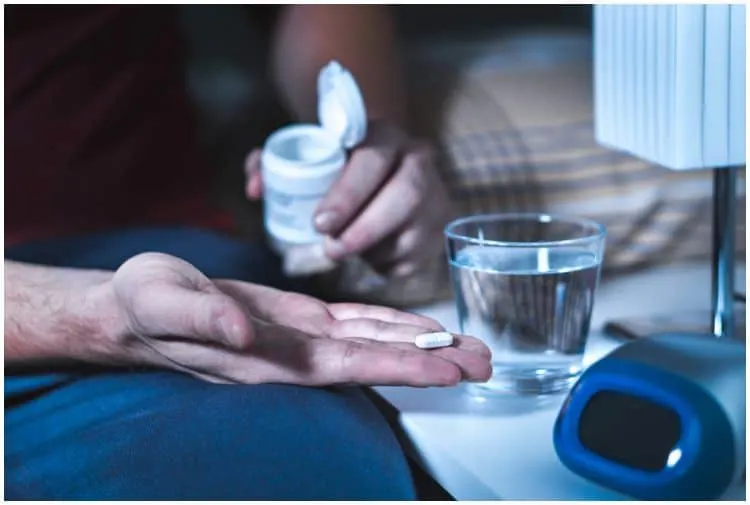Interesting Facts About Gonorrhea:
Introduction
Gonorrhea, also called the “clap” or the “drip,” is a sexually transmitted disease (STD) that can infect both women and men.
It is caused by the Neisseria gonorrhoeae bacterium.
It mostly occurs in parts of the body that are moist and warm, such as – the anus, the vagina, throat, urethra, the female reproductive tract, and eyes.
If left untreated, the disease can lead to ectopic pregnancy, pelvic inflammatory disease, and infertility.
List Of 25 Interesting Facts About Gonorrhea:
Statistics
#1 Worldwide, gonorrhea is among the most common sexually transmitted infections, with an estimated 80 million new cases every year. STDs are infections that spread through sex (oral, vaginal, or anal).
#2 In 2015, there were over 390,000 reported cases of gonorrhea in the US, according to the US Centers for Disease Control and Prevention.
#3 It is the 2nd most common STD reported to the U.S. government behind chlamydia. While chlamydia and gonorrhea are both sexually transmitted bacterial infections, they are caused by different bacteria.
#4 In Canada, around 13,000 cases of gonorrhea are reported every year.
#5 The number of gonorrhea cases is rising in many countries, and an increasing proportion of cases are multidrug-resistant. In the US, rates of gonorrhea have been rising, partly due to an increasing number of infections seen in men having sex with men and also due to changes in testing methods which are picking up more cases.
#6 Due to the spread of multi-drug resistant gonorrhea, CDC has declared this STD one of the top urgent medical threats.
Icd 10
A54.9
Causes
#7 This sexually transmitted disease is caused by the Neisseria gonorrhoeae bacterium. The human body responds to the bacteria by producing an army of leucocytes, creating a yellowish fluid.
#8 You can get it by having unprotected anal, vaginal, or oral sex with someone who has the disease. Also, it can spread even if a man doesn’t ejaculate during sex.
Risk Factors
#9 You are more likely to develop this STD if:
- you abuse alcohol or illegal substances;
- you do not use a condom during sex (note – condoms are never 100 percent effective);
- you are younger than 24 years;
- you have been previously diagnosed with a sexually transmitted disease;
- you have a partner with a past history of any sexually transmitted disease;
- you have multiple sex partners.
Symptoms
#10 Symptoms in both women and men include:
- joint swelling and skin rash;
- conjunctivitis – it is an inflammation of the lining of the eye and eyelid (babies born to infected mothers can become infected as they pass through the infected cervix);
- itching, redness, or discharge of the eyes;
- discharge, pain, and bleeding from the anus;
- a sore throat.
#11 Symptoms that occur only in females include:
- the inability to have children;
- increased discharge between periods;
- increased vaginal bleeding;
- pain during urination.
#12 Symptoms that occur only in males include:
- swollen or painful testicles;
- white, green, or yellow discharge from the penis;
- a burning sensation while urinating.
ALSO READ: Interesting Facts About Scarlatina
Complications
#13 If this sexually transmitted disease is not treated, it can lead to:
- infection of the blood, which can further cause joint problems;
- problems peeing due to scars in the urethra (a tube that connects the urinary bladder to the urinary meatus);
- swelling in the testicles and tubes at the back of the testicles. This can prevent males from having kids;
- pelvic inflammatory disease. This can make it harder for a woman to get pregnant.
#14 For pregnant women, this sexually transmitted disease can raise the risk of:
- low birth weight;
- miscarriage.
#15 Important note – since it can cause such serious health conditions, it is essential that you tell your recent sexual partners about your gonorrhea infection. Also, a past gonorrhea infection does not make you immune to another gonorrhea infection. More importantly, previous infections may allow serious complications to occur more rapidly.
ALSO READ: Pilonidal Cyst – 10 Natural Cures
Diagnosis
#16 This sexually transmitted disease is identified using swabs taken from a woman’s cervix or a man’s urethra or a urine test.
#17 Newer molecular tests like PCR tests on urine in a pathology laboratory may be used to screen individuals with no symptoms.
Treatment
#18 In uncomplicated cases, the treatment consists of a single dose of a medication like:
- cefixime (a third-generation cephalosporin), a pill, plus a dose of oral azithromycin (a broad-spectrum macrolide antibiotic with a long half-life);
- ceftriaxone injected into the muscle.
#19 All sexual partners from the past 60 days require treatment, too, even if they don’t have signs of the sexually transmitted disease. Also, do not have sex until your healthcare professional tells both you and your partner that your infections are gone.
#20 Ciprofloxacin was used to combat this STD. However, in 2007, the US Centers for Disease Control and Prevention stopped recommending its use.
#21 Important note – if you are pregnant and have gonorrhea, ask your healthcare professional about medicines that will not hurt the developing fetus.
ALSO READ: Facts About Staphylococcus Aureus Infection
Prognosis
#22 For men, the prognosis is good if they follow a treatment. Sometimes, a man with untreated gonorrhea could get a bad infection which may cause scarring of the tubes which transport sperm.
#23 If a woman has a sexually transmitted disease while she is pregnant and doesn’t get treatment, it could harm the unborn baby’s eyes during birth.
#24 Untreated gonorrhea for women may lead to pelvic inflammatory disease (inflammation of the fallopian tubes, womb, and/or ovaries).
Prevention
#25 Prevention methods include:
- no sex until antibiotic treatment is completed;
- practice safer sex, however, condoms need to be used correctly to prevent transmission;
- get tested regularly;
- have sex only within a mutually monogamous relationship;
- don’t drink before having sex.
Sources https://www.sciencedirect.com/science/article/pii/S0264410X18302780 https://jamanetwork.com/journals/jama/article-abstract/429131 https://www.sciencedaily.com/releases/2018/07/180705143834.htm https://academic.oup.com/cid/article/44/Supplement_3/S84/497060

